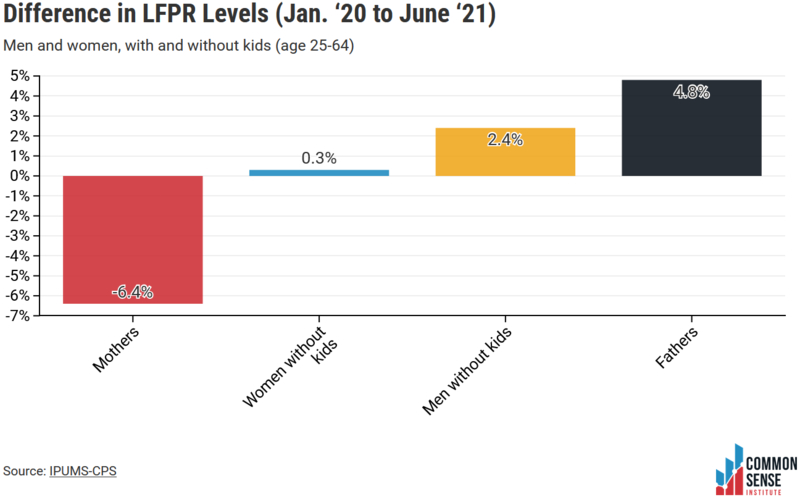In April 2020, Colorado lost over 360,000 jobs, experienced the worst month of economic performance in its history, and launched into a deep and abiding recession. Just over a year later, the latest data from the Bureau of Labor Statistics (BLS) show that, though Colorado's workforce has already endured the worst of the recession and is solidly on pace to recover fully by 2023, a lot of progress remains to be made.
Key Findings—Colorado June 2021 Employment Data (BLS CES Survey[1])
- Colorado added 10,800 total nonfarm jobs in June.
- At this pace, the state would reach pre-pandemic employment levels by April 2022.
- To recover to pre-pandemic employment levels by January 2023—after adjusting for population growth—Colorado needs add 9,455 jobs each month on average.
- Total employment levels are down 3.5% or 99,900 jobs relative to pre-pandemic levels, ranking Colorado 14th in terms of June ‘21 job levels relative to Jan. ’20.
- New York ranked 50th and Hawaii 51st, in terms of current job levels relative to Jan. ‘20 down 9.5% and 14.1%, respectively.
- Idaho and Utah are the only 2 states that are above pre-pandemic job levels, having added 6,200 and 9,200 additional jobs, respectively.
A Deeper Dive into Colorado Industries
- Some sectors in Colorado added jobs in June, while others lost
- The leisure and hospitality industry added 5,300 jobs.
- The financial and insurance industry lost 600 jobs.
- Though the leisure and hospitality industry has led the recovery by adding 42,300 jobs between Jan. ‘21 and June ‘21, it is still down 40,000 jobs relative to Jan. ‘20.
- Arts, entertainment, and recreation is down 13.3% (7,900 jobs).
- Accommodation and food services is down 11.4% (30,400 jobs).
 Colorado Labor Force Update
Colorado Labor Force Update
The overall Colorado labor force participation rate (LFPR) edges ever closer to full recovery, but the unemployment rate stagnated between May and June. Though the recovery from the pandemic is progressing, some demographic groups are lagging behind.
Key Findings—Colorado May ‘21 Labor Force Data (BLS[2], FRED[3], and IPUMS-CPS[4])
- June’s LFPR decreased by .1 percentage points to 68.5%, which is just .3 percentage points below Jan. ’20’s LFPR of 68.8%.
- June’s unemployment rate remained 6.2%, which is still 4.5 percentage points above Jan. ’20’s unemployment rate of 2.7%.
- The monthly LFPR for Colorado women increased from 59.1% last month to 59.8% and remains 4.3 percentage points below its pre-pandemic level.
- Nationally, the female LFPR remained unchanged from the previous month at 56.2%, 1.6% lower than its pre-pandemic level.
- If the pre-pandemic Colorado LFPR for women remained, there would be 101,730 more women in the labor force today.
Women and Men, with and without Kids in the Labor Force
- The LFPR for mothers in Colorado was down 6.4 percentage points from 76.2% in Jan. ’20 to 69.8% in June ’21.
- The LFPR for women without kids recovered 4 percentage points in June ’21 after falling 5 percentage points between Apr. ’21 and May ’21.
- LFPRs of fathers and men without kids were up in June ‘21 compared to Jan. ’20.
 Monthly trends may be volatile and should be interpreted cautiously.
Monthly trends may be volatile and should be interpreted cautiously.
© 2021 Common Sense Institute.
End Notes
[1] https://data.bls.gov/cgi-bin/dsrv?sm
[2] https://www.bls.gov/
[3] https://fred.stlouisfed.org/
[4] https://cps.ipums.org/cps/